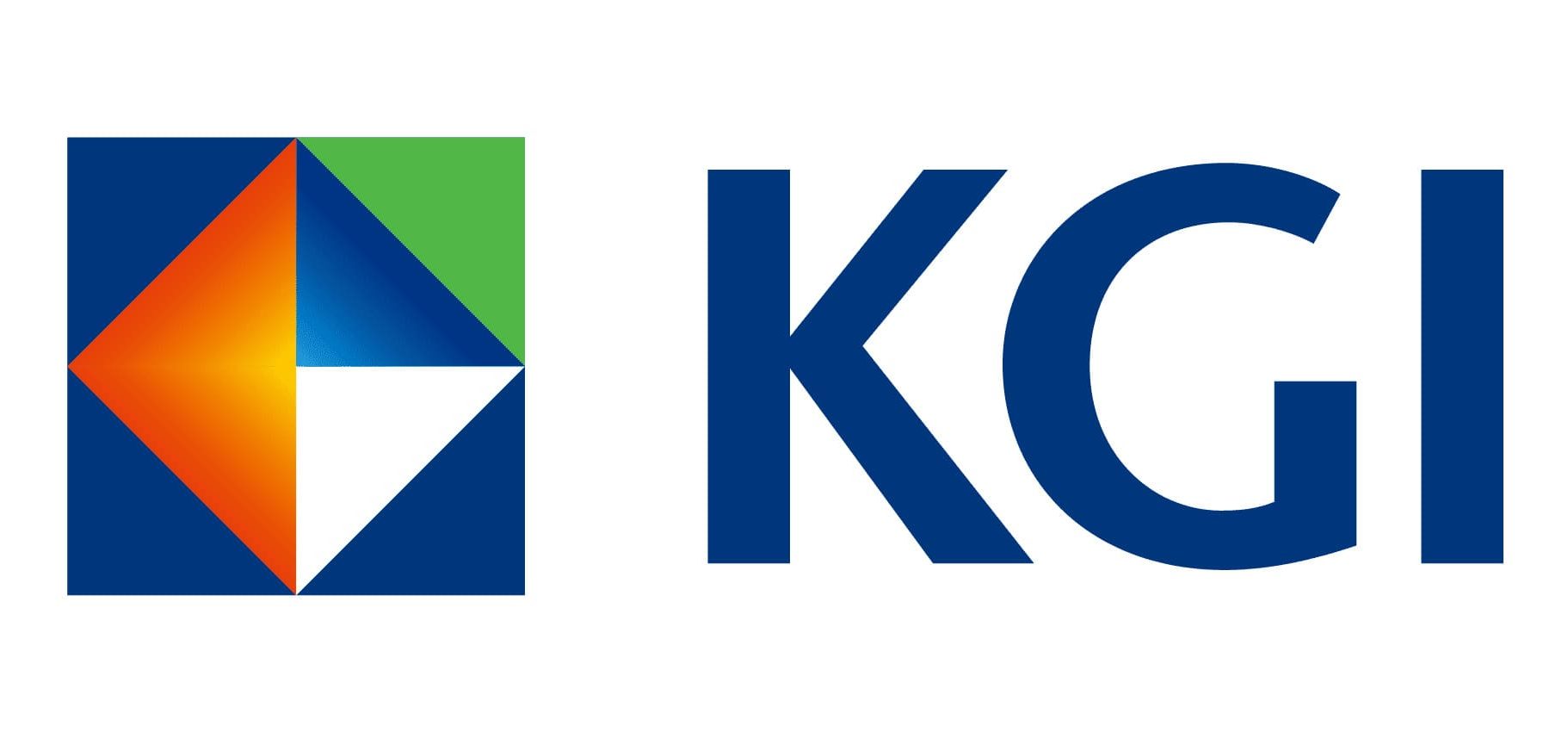Weekly Securities Newsletter: Quality Stocks Stabilize Performance

Quality Stocks Stabilize Performance
Chart of the Week:
Israel-Iran Conflict Escalates, Global Defense Awareness Intensifies
Israel has long asserted that it would take military action if Iran approached the nuclear weapons threshold. According to data from the International Atomic Energy Agency (IAEA) as of May 15, 2025, Iran’s stockpile of 60% enriched uranium has reached 274.8 kilograms, a significant increase over previous levels that provides justification for Israel’s recent actions. In its latest airstrike on Iranian territory, Israel targeted nuclear facilities, key military assets, and senior leadership figures. While the operation leveraged advanced military technologies to minimize civilian impact, the strike significantly heightens the risk and likelihood of geopolitical conflict in the Middle East.
Market Recap 1:
Geopolitical Tensions Trigger Pullback in U.S. and European Stocks; Japan Rebounds; Semiconductors and Energy Strengthen
Major U.S. and European equity indices retreated amid heightened geopolitical risks following Israel’s strikes on Iranian nuclear facilities. Some European markets hit their lowest levels since May, as escalating Middle East tensions raised concerns about potential U.S. involvement and broader conflict spillover. Market speculation that Iran might resort to nuclear weaponry further weighed on sentiment, keeping European equities subdued, though UK stocks remained relatively resilient. In contrast, Japanese equities defied the global trend and moved higher, led by gains in semiconductor stocks. In the U.S., macroeconomic data presented a mixed picture. Consumer Sentiment Index rose to 60.5 in June, exceeding both the prior reading and market expectations, and marking its first increase in six months, largely supported by easing U.S.-China trade tensions. However, the Manufacturing Index contracted for a fourth straight month, coming in below both the previous reading and forecasts, signaling continued weakness in manufacturing activity. Meanwhile, May’s CPI and PPI inflation figures showed moderate growth, easing inflationary concerns.
Market Recap 2:
Fed Holds Rates Steady; Bond Market Volatile; Conflict Spurs Crude and Natural Gas Rally; Gold Pulls Back After Strong Gains
As expected, the Federal Reserve held interest rates steady at its latest meeting. However, a growing number of officials now support keeping rates unchanged through year-end, citing resilient employment and persistently elevated inflation as reasons for a cautious policy approach. Tariff-related price pressures and rising geopolitical tensions have further heightened policy uncertainty. U.S. 10-year Treasury yields fluctuated narrowly around 4.4%, with the broader bond market posting modest declines.
What’s Trending:
Tariff Policy and Israel-Iran Conflict Add to Fed’s Uncertainty
Current oil prices largely reflect the anticipated supply gap from Iran. Under the base case scenario, the Israel-Iran conflict and nuclear negotiations are expected to persist without escalating to the point of disrupting traffic through the Strait of Hormuz. However, if tensions intensify and lead to a blockade of the Strait, oil prices could surge past $100 per barrel. That said, the probability of such an outcome remains relatively low at this stage.
In Focus 1:
Financially Strong Companies Act as Performance Moats, with Re-Rating Potential
Companies that demonstrate strength across three key quality fundamentals – ROE, earnings stability, and low financial leverage – consistently outperform their peers over the long term. These “high-quality companies” have shown a pronounced performance edge, with the gap widening in recent years. Since 1997, indices composed of high-quality stocks have outperformed their broader counterparts in 85% of five-year rolling periods. Beyond delivering superior shareholder returns and profit consistency, high-quality companies typically reflect sustainable industry competitiveness—offering moat-like protection and long-term strategic advantage.
In Focus 2:
Robust Corporate Cash Flow Is a Key Driver—More Impactful Than Profitability Metrics Over the Long Term
Data from the past 40 years shows that companies with stronger profitability and economic productivity are more likely to outperform benchmark indices. This is especially evident when traditional profitability metrics such as Return on Equity (ROE) or Return on Assets (ROA) are at elevated levels, which tend to correspond with a higher probability of market outperformance. A more granular analysis reveals that companies with stronger cash flow metrics, especially those with higher free cash flow yield, achieve quarterly outperformance nearly 80% of the time. This suggests that cash flow indicators may have an even greater influence on returns than traditional earnings metrics.



